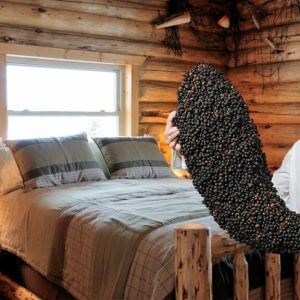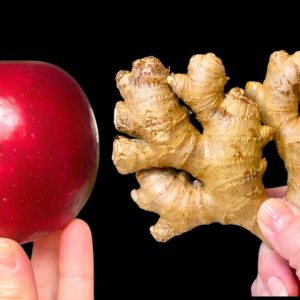Acne is a common skin condition that affects millions of people worldwide.
While many are familiar with the more traditional red, inflamed pimples, white acne can present its own set of challenges. Understanding the causes, types, and treatments for white acne can help individuals manage and improve their skin health.
What is White Acne?
White acne, also known as closed comedones or whiteheads, are small, flesh-colored bumps that form on the skin. They occur when hair follicles become clogged with oil, dead skin cells, and bacteria. Unlike blackheads, which have an open surface and appear black due to oxidation, whiteheads are closed at the surface, giving them their white or flesh-colored appearance.
Causes of White Acne
Several factors can contribute to the development of white acne:
1. Excess Oil Production: Overproduction of sebum, the skin’s natural oil, can clog pores and lead to whiteheads.
2. Dead Skin Cells: The shedding of dead skin cells can mix with oil and block hair follicles, contributing to the formation of whiteheads.
3. Bacteria: Propionibacterium acnes (P. acnes) is a type of bacteria that can multiply in clogged pores, leading to inflammation and acne breakouts.
4. Hormonal Changes: Fluctuations in hormone levels, such as those during puberty, menstruation, pregnancy, or menopause, can increase oil production and contribute to whiteheads.
5. Certain Medications: Some medications, including corticosteroids, hormonal therapies, and lithium, can trigger acne breakouts.
Types of White Acne
White acne can manifest in different forms, including:
1. Closed Comedones: Small, flesh-colored bumps that are closed at the surface of the skin.
2. Milium: Tiny, white cysts that typically appear around the eyes and cheeks.
3. Milia En Plaque: Larger clusters of milia that form a patch on the skin.
Treating White Acne
Effective treatment for white acne often involves a combination of skincare practices and, in some cases, medical intervention. Here are some common treatments:
1. Topical Retinoids: These medications help unclog pores and promote cell turnover, reducing the formation of whiteheads.
2. Salicylic Acid: A beta hydroxy acid that exfoliates the skin and helps prevent pore blockages.
3. Benzoyl Peroxide: Kills bacteria and reduces inflammation, helping to clear whiteheads.
4. Topical Antibiotics: Reduce bacteria on the skin and help prevent infection in whiteheads.
5. Extraction: A dermatologist can manually extract whiteheads using a sterile tool.
6. Chemical Peels: Exfoliate the skin and help remove dead skin cells, reducing the likelihood of pore blockages.
7. Laser Therapy: Targets and destroys the sebaceous glands, reducing oil production and preventing whiteheads.
Preventing White Acne
While it may not be possible to prevent white acne entirely, adopting a consistent skincare routine can help minimize breakouts:
1. Cleanse Daily: Use a gentle cleanser to remove excess oil, dirt, and dead skin cells.
2. Exfoliate Regularly: Use a gentle exfoliant to remove dead skin cells and prevent pore blockages.
3. Moisturize: Use a non-comedogenic moisturizer to keep the skin hydrated without clogging pores.
4. Avoid Touching Your Face: Touching your face can transfer bacteria and oil from your hands to your skin, leading to breakouts.
5. Use Non-Comedogenic Products: Choose skincare and makeup products that are labeled non-comedogenic, meaning they are less likely to clog pores.
In Conclusion
White acne, while a common skin condition, can be managed effectively with the right approach. By understanding the causes, types, and treatments for white acne, individuals can take proactive steps to improve their skin health and reduce breakouts. Consulting with a dermatologist can provide personalized recommendations and treatment options based on individual skin needs.



